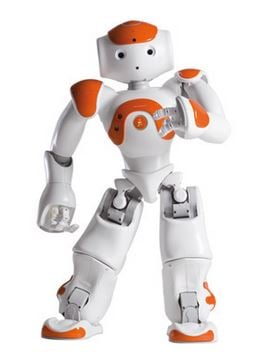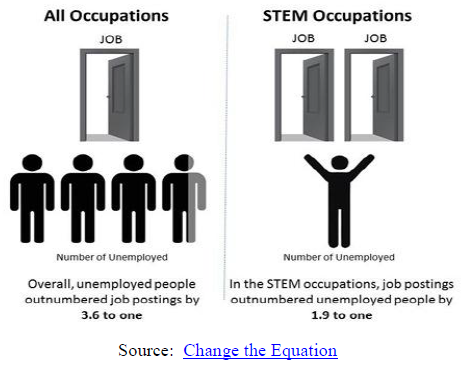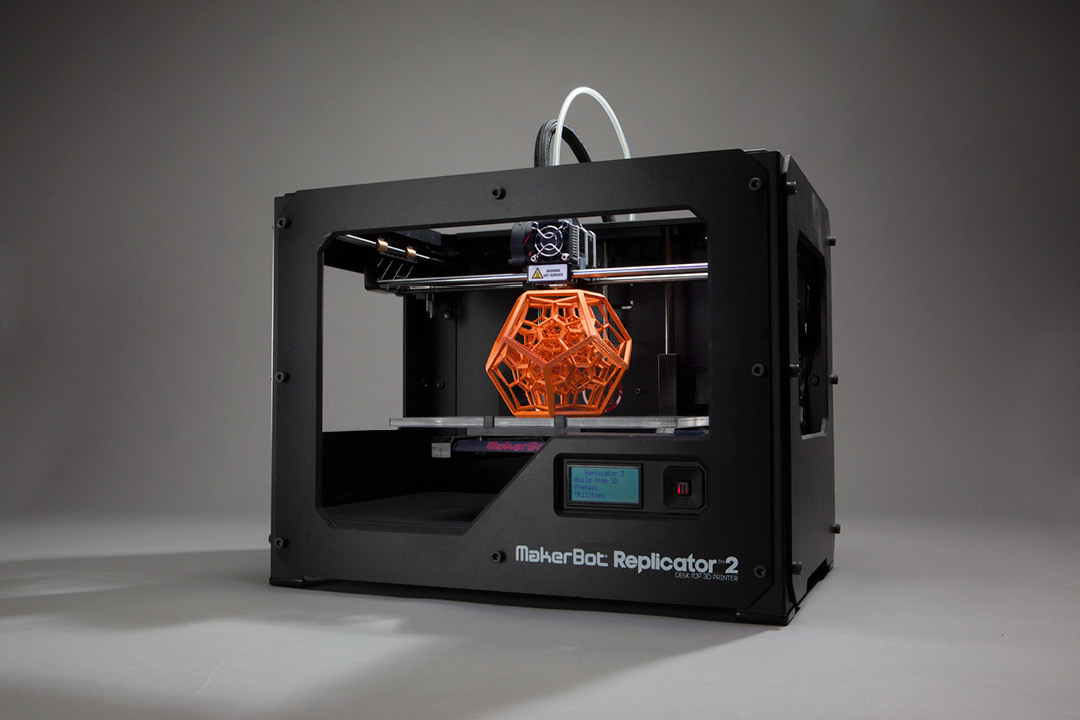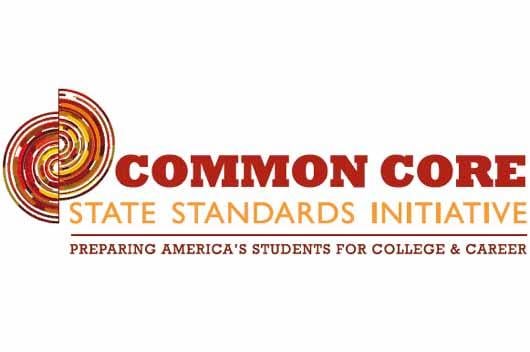NAO humanoid robot gives a more personal connection to autistic children
No one is certain as to why, but it seems that NAO, the anthropomorphic robot from the French company Aldebaran, appeals to children with autism. Some experts suggest the appeal has something to do with NAO’s non-threatening voice and appearance. Others say they believe it is NAO’s ability to communicate with these children without the complicated social and emotional facial clues given off by other humans that confuse and frighten them.
Several studies indicate that NAO is a valuable addition to the existing systems that work with autistic children. No claim is made by NAO’s adherents that it is the only viable strategy for dealing with childhood autism-- but with over 5000 of these anthropomorphic robots placed in research and educational institutions worldwide there is a lot of anecdotal evidence to suggest they work well with these children in existing classrooms. The recent experiences of educators and children at Shaler Academy in Ridgefield, N.J.and at Vanderbilt University illustrates this point.

- 0 Comments
- Apr 7, 2014 10:00:00 AM
- Posted by Mike Nardine
- Topics: Robotics, NAO
The importance of ensuring America’s continued competitiveness with STEM
The Great Recession began in 2007 and ’by the numbers’ ended in 2009. "By the numbers" meaning "technically". The Misery Index and unemployment have remained high in spite of this technicality. Why is that do you suppose? Is it possible there has been a change in the economy at a fundamental level not responsive to rising housing prices?
Could it be that the workplace itself changed so greatly during this period with the explosion of mobile computing devices like smartphones and tablets that the available jobs no longer reflects the pool of trained, unemployed job seekers? According to Sidharth Oberoi, chief academic officer at Zaniac, that’s the case. He writes, "A closer look at U.S. unemployment statistics shows that even with unemployment still at historically high levels, large numbers of jobs are going unfilled. Most of these jobs have one very important thing in common — the need for STEM education". He says further data suggests that while there are 3.6 applicants for every available job in the US, there is only one unemployed STEM worker for every two available STEM positions.

- 0 Comments
- Apr 4, 2014 11:00:00 AM
- Posted by Mike Nardine
- Topics: EdTech, STEM, Education, Education Politics, 21st Century Classroom
Forbes 30 under 30 honored edtech entrepreneurs
Forbes Magazine recently presented Nic Borg with its "30 Under 30" award. The magazine presents the award annually to young entrepreneurs (under 30 years-old, as you might have guessed) in 15 different fields like finance, entertainment, technology and education. Mr. Borg’s award was in the education field for his co-founding of Edmodo.com with Jeff O’Hara.
Mr Borg’s background, Forbes magazine says, differs from other entrepreneurs in the field by being an intensely practical one forged in a high school environment where he built web-based tools and management solutions for seven years before founding Edmodo. Edmodo, formed in 2008 with the slogan "Where learning happens," uses what he learned in that down-and-dirty educational environment to facilitate communication and collaboration between students teachers both in and outside the classroom. He wanted to form a site that solved "real" problems for teachers. The largest K-12 social learning network with more than 33 million users, Edmodo is often called the "Facebook of education".

- 0 Comments
- Apr 3, 2014 10:00:00 AM
- Posted by Mike Nardine
- Topics: EdTech, National News
EdTech is introducing a Blended-Learning to Math Classes
"The Times They Are a-Changin" and never more so than now in math class. After struggling futilely for generations to instruct all math students in a classroom at the same rate, today’s math instructors have a viable, technology-aided alternative, blended learning. Blended learning, according to our ubiquitous friends at Wikipedia "is a formal education program in which a student learns at least in part through online delivery of content and instruction with some element of student control over time, place, path or pace."
- 0 Comments
- Feb 24, 2014 10:30:00 AM
- Posted by Mike Nardine
- Topics: Math, Local News, EdTech, Education, Education Politics, 21st Century Classroom, Student Engagement
Why We Love EdTech (And You Should, Too!)
What is the future of EdTech? Well, it took almost 500 years for EdTech to progress from the hornbook to the magic lantern. The hornbook appeared in England in the 15th Century. First immortalized in Shakespeare’s Love’s Labor’s Lost,
- ARMADO. [To HOLOFERNES] Monsieur, are you not lett'red?
- MOTH. Yes, he teaches boys the hornbook. What is a, b, spelt backward with the horn on his head?
- HOLOFERNES. Ba, pueritia, with a horn added.
The hornbook made its way to the colonies where it was gradually replaced by the equally low-tech slate and blackboard. It wasn’t until the latter end of the 19th Century and the beginning of the 20th that EdTech underwent a revolutionary change.
Imagine if you can the impact of the projected images of the magic lantern or the 3D images of the stereoscope on students for whom the written word in books, on slates and blackboards that had been the only source of information. At the same time their ability to express themselves individually improved as slate and blackboard were pushed to one side by that mass-produced writing instrument the pencil and its work-mate, inexpensive paper.
While it took 500 years for EdTech to progress from the horn book to the hand-held, 3D stereoscope, it took less than 50 years for the next EdTech revolution, electricity, to run its course. Edison said let there be light and school rooms were never the same again from their lighting to the available teaching tools. According to the infographic below the moving picture projector arrived in 1925, the overhead projector in 1930 and the mimeograph in 1940. Radio carried information to school rooms across the nation in the 30’s and 40’s and television first found its way into the classroom in the 1950’s. While radio and tv appeared to be the future of EdTech, yet another revolution was underway as the transistor replaced the tube in radios and televisions.
The digital revolution began with the transistor. The transistor brought about the microprocessor revolution and the microprocessor begot the handheld calculator which brought relief to those of us who had always found math tedious and despair to some math teachers who suddenly found their dullest students capable of adding, subtracting, multiplying and dividing more quickly and accurately than they. The handheld calculator was quickly followed by the personal computer revolution and software that allowed poor spellers like me to quit worrying about every word and begot the Internet revolution….
What then is the future of EdTech? We believe it is technological revolution upon revolution, each building on the preceding revolution and hastening the arrival of the next!

- 0 Comments
- Feb 13, 2014 11:00:00 AM
- Posted by Mike Nardine
- Topics: EdTech, Education, 21st Century Classroom, School, Student Engagement
'Robot Olympics' 17 Cyborg Athletes to Vie for Glory in DARPA Challenge
We look forward to DARPA challenge, awesome robots are coming! But with all due respect to DARPA challenge, the real Robot Olympics game is the ' NAO Olympics' . RobotsLAB has crated a series of sport challenges with the NAO robot. Check it out, game on!
- 0 Comments
- Feb 11, 2014 2:30:00 PM
- Posted by Mike Nardine
- Topics: Robotics, EdTech, STEM, Education, Computer Science, NAO
Technology Trends for Teachers
Teenagers can make for difficult students. They might show up for class, but that doesn’t mean they will participate--or even stay awake! As the old saying goes, "you can lead a horse to water but you can’t make him drink." Does not matter that the horse needs water to get through the day or that the teenager needs the skills taught by science,technology, engineering and math to get a job when he leaves high school. Sweet reason won’t get either to do what is best for them. An old cowboy once said that it took a 2x4 across the head to get cooperation from the horse. That sounds a bit harsh and might lead to problems with PETA and the SPCA. The same method with teenagers would get a teacher 20 years in the pen! But after trying reason and violence, what’s left?
Simple! TECHNOLOGY is the answer to the question posed by the preceding paragraph. STEM teachers are no longer restricted to lectures, boring books or trips to the blackboard. They can count on great learning-software like Scratch, new technological paradigms like the 3D printer and engaging, interesting teaching tools like the RobotsLAB BOX.

- 0 Comments
- Feb 10, 2014 12:30:00 PM
- Posted by Mike Nardine
- Topics: EdTech, Education
NAO is the first robot that goes to Mars
On January 18, 2014, Aldebaran’s NAO Robot stood where no robot has gone before, and RobotsLAB was responsible for training his seven human companions in the finer points of his programming. NAO will be the only robot in an analog astronaut crew ascending into the Mars Society’s, Mars Desert Research Station in the the high desert of Utah. Anyone familiar with the high desert can appreciate the analogy--at this time of year the high desert is nearly as barren, dry, sandy and cold as the surface of Mars!

- 0 Comments
- Feb 5, 2014 11:58:00 PM
- Posted by Mike Nardine
- Topics: Robotics, NAO, 21st Century Classroom, International News, space,, Mars,
The History Of Common Core Standards

The history of the Common Core Standards began in 1983 with the publication of a report called Nation at Risk. Nation at Risk was developed by President Ronald Reagan’s National Commission on Excellence in Education. The 18 member commission consisted of individuals drawn from the private business sector, education and government. Nation at Risk reported a long list of what it considered problems with American students, including the following (keep in mind these figures are from 1983):
- American students finished last on seven of 19 tests of international student achievement
- 23 million American adults were functionally illiterate
- Average achievement of high school students on most standardized tests were lower than when Sputnik was launched
- Between 1963 and 1980 SAT scores fell 50+ points in verbal and nearly 40 points in math
As one might imagine, this report shocked the nation. We were falling behind again, and at that time "falling behind" meant we were losing ground to the USSR! It was not to be borne! Sputnik had provided the last call to arms; the new clarion call came from Nation at Risk. The commission thereby made some 38 recommendations which included the following:
- 0 Comments
- Feb 3, 2014 12:00:00 PM
- Posted by Mike Nardine
- Topics: Education
Challenges in Real-World Math Lead Students to Success
As every grade-school kid knows, a well-fed caterpillar gets longer (and fatter) than a poorly fed caterpillar of the same species. Also, as every grade-school kid knows, a caterpillar that runs afoul of a hungry bird never becomes a beautiful butterfly. And so what does this have to do with STEM learning?
Well, studying caterpillars has always been more interesting than listening to a teacher talking about math problems found in a book. Almost every kid likes caterpillars. They are still interested in caterpillars by the time they reach the sixth grade, but most of them have been turned off to math by that time. Caterpillar, the board game, is an attempt by some innovative educators to stop that decline in math interest in 6th through 8th grade kids by combining caterpillars and math. Oh, and don’t forget dice!
- 0 Comments
- Jan 29, 2014 2:56:00 PM
- Posted by Mike Nardine
- Topics: Math, Education, Student Engagement
Relevant Posts
Popular Posts
Subscribe to Email Updates
-
I Want To Learn MoreADDITIONAL INFORMATION


